Be it mosfet, fet or bipolar, for switching purpose, it is only in one definition: it is in saturation or cut off. Saturation is min voltage across device, and Max current. In cut off or open state, all the voltage across the device, but negligible current. In this switching mode, in both the above cases, the dissipation in the device is minimum, and Max power is controlled.
To ensure saturation, you may have to overdrive, within limits, and similar under-drive, or even negatively drive the devices to ensure full cutoff. Go by the datasheets and don't overdo it.
The only time these devices are used in the active region, or linier region, is in amplifiers (not even all).
Bringing "triode mode" in to this is meaningless. NOT to mention, who said triodes don't have cutoff and saturation?
It is advantageous to use 'English' sometimes when you want to describe the physical picture, but there are no cmos language, triode language etc. Common sense does not depend on language. Engineering does not preclude common sense.



